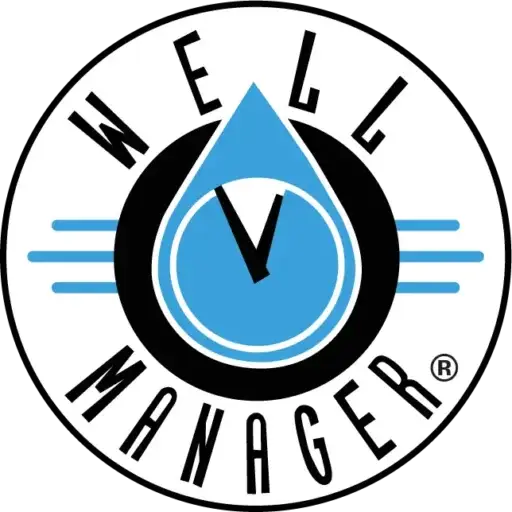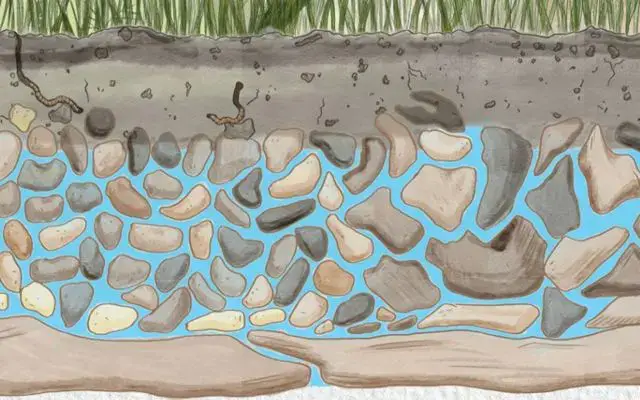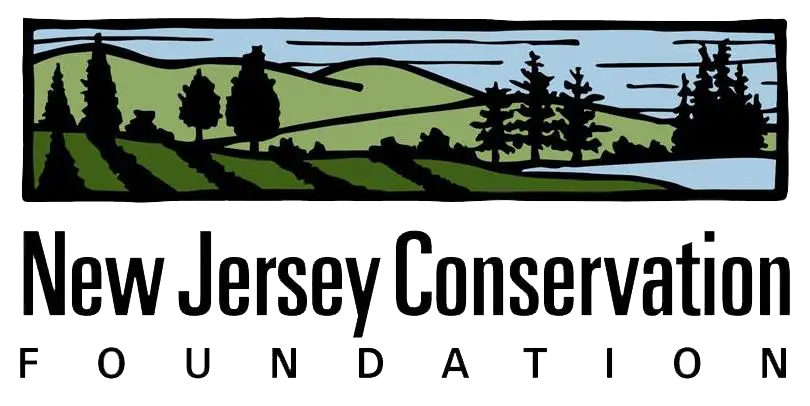At WellManager.com, we know that effective well water management for homeowners relies on a clear understanding of the differences between surface water and groundwater. Each type of water has unique characteristics, challenges, and management strategies. By comparing these two sources, homeowners can ensure a sustainable and adequate well water supply.
Defining Surface Water and Groundwater
To manage your well water effectively, it’s essential to understand what surface water and groundwater are and how they differ.
- Surface Water:Surface water collects on the ground or in natural reservoirs, including lakes, rivers, streams, and reservoirs. It is easily accessible and commonly used for irrigation, drinking water, and industrial processes. Surface water is replenished by precipitation and is subject to seasonal and climatic variations, making its availability somewhat variable.
- Groundwater:This water is found beneath the Earth’s surface in aquifers. It is accessed through wells and is crucial for drinking water and irrigation, especially in areas with limited surface water. Groundwater is typically more stable in supply, as it is stored in underground formations and is less directly impacted by short-term weather patterns.
Accessibility and Usage
Surface water is often easier to access due to its presence in natural reservoirs. This makes it a primary source for various uses, including watering gardens, filling swimming pools, and household needs. However, surface water availability can be inconsistent due to seasonal changes and droughts. Groundwater, accessed through wells, provides a reliable alternative, especially in regions with inconsistent surface water sources. For homeowners, having a well means a steady supply of water that is less affected by surface conditions. This reliability can provide a sense of security, knowing that water will always be available. Groundwater is often preferred for drinking water because it is typically less exposed to surface contaminants and requires less treatment.
Contamination Risks
Both surface water and groundwater face contamination risks, though the sources and impacts differ.
- Surface Water Contamination:Surface water is highly susceptible to pollution from runoff, industrial discharge, and natural events like algal blooms. For example, runoff from lawns and streets can carry pesticides, fertilizers, and other pollutants into rivers and lakes, degrading water quality.
- Groundwater Contamination:Groundwater contamination often results from over-extraction, leading to the intrusion of pollutants such as nitrates from fertilizers, industrial chemicals, and naturally occurring contaminants like arsenic. Over-extraction can also cause land subsidence and reduce the water table, making it harder to access groundwater.
Sustainability Concerns
Ensuring surface water and groundwater sustainability is critical for long-term water security.
- Surface Water Sustainability:Surface water supplies are subject to seasonal variations and climate impacts. To manage these variations, homeowners should implement adaptive management strategies. This could involve knowing local water restrictions during droughts, considering water conservation measures, and adjusting water usage based on seasonal changes.
- Groundwater Sustainability:To prevent depletion, groundwater sustainability requires homeowners to balance extraction rates with natural recharge rates. This means the amount of water pumped out should not exceed the amount naturally replenished. Homeowners can contribute to sustainability by using water efficiently and considering practices like rainwater harvesting to reduce dependence on groundwater.
Integrated Water Resource Management for Homeowners
Integrating surface and groundwater strategies is essential for effective well water management. Homeowners can benefit from understanding how these resources interact and how to manage them together.
- Comprehensive Planning:Develop a water management plan that includes surface and groundwater sources. Consider factors like seasonal availability, potential contamination risks, and long-term sustainability. Stressing the need for comprehensive planning can prepare homeowners to manage their water supply effectively. Investing in a well management system, such as those offered by WellManager.com, can help optimize water usage and ensure a reliable supply.
- Regular Maintenance:Regularly maintain your well and any associated infrastructure. This includes inspecting and cleaning the well, testing water quality, and ensuring pumps and other equipment function correctly. Emphasizing the importance of regular maintenance can provide safe and quality water. WellManager.com offers products and services to help homeowners maintain their wells and manage their water supply efficiently.
Fix Your Low Yield, Low Pressure Well Today!
At WellManager.com, we emphasize the importance of understanding the differences between surface water and groundwater for adequate well water management. By recognizing each type of water’s unique characteristics and challenges, homeowners can make informed decisions about their water use and ensure a sustainable and reliable supply.
Integrating management strategies for both types of water, conducting regular maintenance, and using efficient water management systems such as water meters, leak detection systems, and smart irrigation controllers will help secure your water supply for the future. Understanding these differences and their implications is critical to effective and sustainable well water management.



